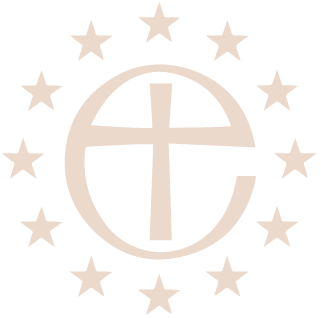Sermon Preached in St. Paul’s Athens (and on Zoom) on the 5th Sunday of Easter 2021: Acts 4, 5-12; John 10, 11-18)
Fr Leonard Doolan
In today’s gospel reading Jesus says ‘I am the Good Shepherd’. This has given rise to a particular Sunday in the Easter season being called ‘Good Shepherd Sunday’. So I begin with an apology. I got the Sunday readings mixed up and we should have read today’s gospel last week. If you are confused by this, you can imagine how confused I am. Anyway, with all that clearly sorted out – back to the Good Shepherd.
Half of this chapter of John’s gospel is taken up with an extended pastoral metaphor. To begin, Jesus speaks of the sheepfold and how the sheep will know the voice of their shepherd, and not that of a stranger – and Jesus, by implication, is saying that he is the trustworthy Gatekeeper. St. John the gospel writers comments that Jesus uses this description as a ‘figure of speech’ (παροιμία).
As the word picture develops Jesus then goes on to say that ‘I am the Gate’ (John 10, 9). Thus far we are left understanding that Jesus is the Gatekeeper, and the Gate, and now he raises the image to its main point – ‘I am the Good Shepherd’.
This image is popular – but playing around with the image is not new, nor unique to Jesus. If we look to the Old Testament, and to the Prophecy of Ezekiel, (Ezek 34, 1ff) the prophet excoriates the spiritual leaders of the day for their bad practices as shepherds of God’s people. They are the ones directly responsible for scattering God’s sheep, with the implication that they have not been gatherers as a good shepherd would be.


